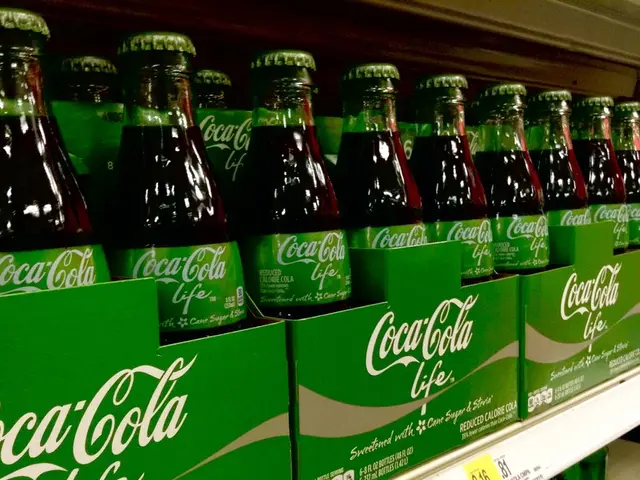Solar Industry Faces Growing UV Degradation Threat
The solar industry is grappling with a growing concern: ultraviolet (UV)-induced degradation (UVID) in solar modules. This issue, particularly affecting Topcon cells, could lead to performance loss and impact the viability of large-scale manufacturing projects. An update to standard testing procedures is needed to mitigate this risk.
UV degradation in PV modules is a twofold process. Firstly, it causes irreversible damage to the cell passivation layer. Secondly, it triggers a reversible dark storage effect. This degradation is not exclusive to tunnel oxide passivated contact (TOPCon) modules; passivated emitter rear cell (PERC) and heterojunction modules are also at risk.
Manufacturers can employ strategies to control UV degradation, such as careful process control or adding encapsulant additives. However, the effectiveness of these methods varies. The industry is uncertain about comparing indoor and outdoor UV degradation, with indoor results influenced by the dark storage effect.
The closure of California's Ivanpah Solar plant, costing $2.2 billion to build, has raised concerns. However, it is not a signal of manufacturing industry failure. The solar industry is actively addressing UVID, with thorough UV testing recommended as part of ordinary quality control for manufacturers and buyers to reduce risk.
UV degradation in PV modules is a pressing issue, affecting various cell types and threatening the economic viability of large manufacturing projects. Manufacturers and buyers should prioritize thorough UV testing in their quality control processes. Further research is needed to improve understanding and control of this degradation mechanism.
Read also:
- Transforming Digital Inventories in the Food Industry: A Comprehensive Guide for Food Businesses
- Munich Airport Unveils Its New Electrical Vehicle Charging Parksite
- 74% of Drought-Prone Regions at Risk by 2100: Urgent Climate Action Needed
- Meteorologist Predicts Major Hurricane for Northeast U.S. by 2030







